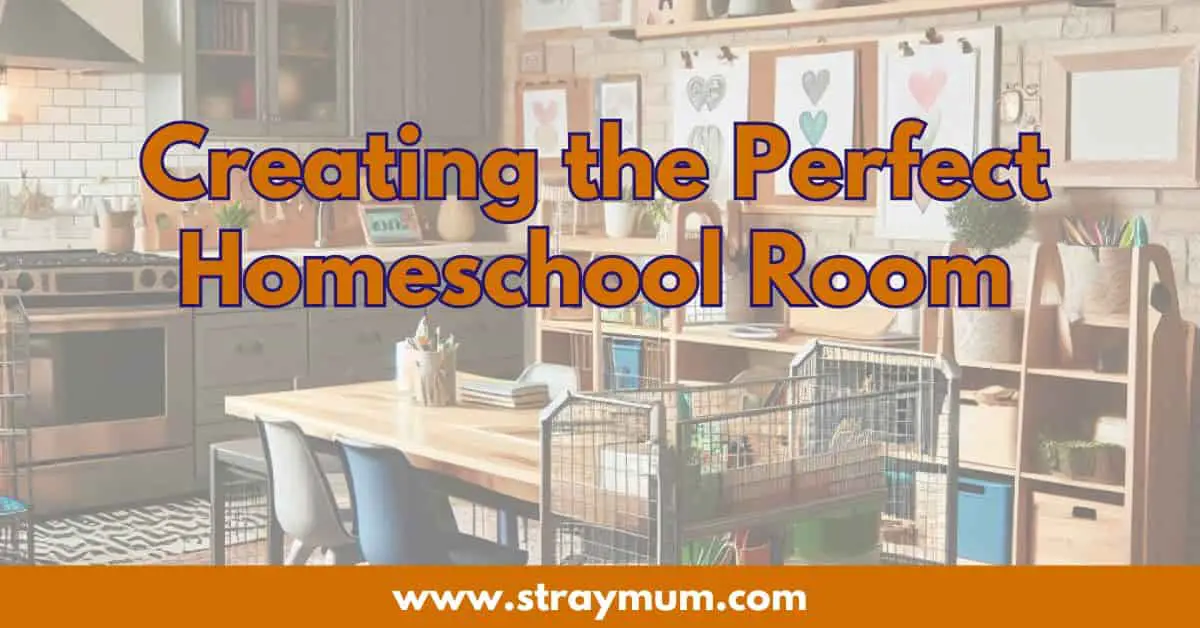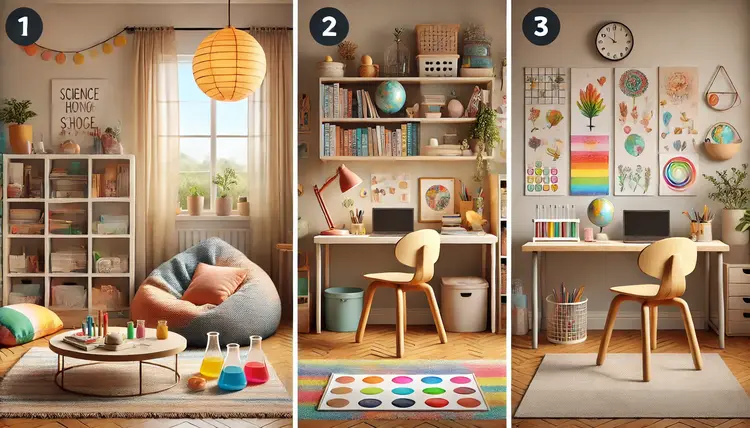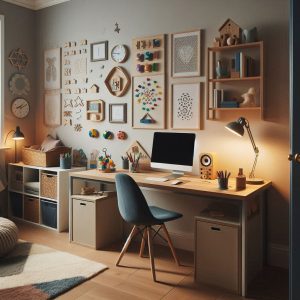Creating the Perfect Homeschool Room: Design Ideas for Every Space

Designing the perfect homeschool room can feel overwhelming, but with a bit of creativity and thoughtful planning, you can create a space that enhances your children’s learning and fits your home’s unique needs. Whether you have an entire room or just a corner to dedicate to homeschooling, this guide will help you design a functional, stylish, and inspiring learning environment.
1. Define the Purpose of the Space
Before diving into design ideas, consider what activities you want to accommodate. Will you need areas for individual study, group projects, reading, art, or hands-on science experiments? Clearly defining your homeschool room’s purpose will guide your layout and furniture choices.
2. Consider Your Space Limitations
- Small Spaces: If your homeschool room is limited in space, focus on multi-functional furniture. Folding desks, wall-mounted shelves, and collapsible tables can help maximise your square footage.
- Shared Spaces: When you have to share a homeschool area with other living areas (like the kitchen or dining room), use portable carts to store supplies and designate learning zones with rugs or screens.
3. Choose Practical and Flexible Furniture
- Desks and Tables: Opt for desks with adjustable heights to grow with your children. Communal tables can be great for group work or crafts. Consider lightweight tables that can be easily moved around for different activities.
- Chairs: Choose comfortable, ergonomic chairs that support good posture for long study periods.
- Storage Solutions: Shelving units, bins, cubbies, and labelled baskets keep everything in its place. Rolling carts are great for mobile storage, especially if you don’t have a dedicated homeschool room.

4. Organise with Intentional Storage Solutions
A tidy homeschool room minimises distractions. Use clear containers for storing supplies and add labels to help children easily find what they need. Pegboards or wall hooks provide extra storage for hanging scissors, rulers, or art supplies, keeping surfaces clear for work.
5. Incorporate Personal Touches and Decor
Create an inviting atmosphere that inspires learning by decorating with educational posters, motivational quotes, or art projects. Consider using a corkboard or whiteboard to display your children’s work and achievements. Choose colours that promote focus and calmness, such as soft greens or blues, and bring in natural light if possible to create an uplifting atmosphere.

6. Create Learning Zones for Focus and Flexibility
- Reading Nooks: A cosy corner with cushions, a beanbag, or a small armchair can be an enticing place to read.
- Science and Art Areas: If space allows, set up designated stations for science experiments or messy art projects. Protect surfaces with table covers or mats.
- Quiet Study Area: Create a space free from distractions for independent work or exam practice.
7. Consider Sensory Needs
Some children learn best with a sensory-friendly environment. Add items like fidget tools, sensory bins, or a calming corner with dim lighting and comfortable seating. Tailoring your homeschool room to your children’s needs can significantly enhance their focus and enjoyment.
8. Technology Integration
If you incorporate online resources, ensure that your homeschool room has accessible power outlets, charging stations, and a reliable Wi-Fi connection. Consider using tablet or laptop stands to promote proper posture during screen time.
9. Involve Your Children in the Design Process
Allowing your children to have input on their homeschool room design can make them more invested in the space. Let them choose colours, decorations, or even small pieces of furniture to make it truly theirs.
10. Stay Flexible and Adapt Over Time
Your homeschool room should evolve with your children’s needs. Be open to rearranging furniture, swapping out decor, or adding new elements as your children grow and their learning styles change.
Design Ideas for Different Types of Spaces
- The Dedicated Room: In a separate homeschool room, create distinct zones for various subjects, such as a science lab corner, reading nook, or art studio. Add plenty of storage for books and supplies to keep things organised.
- The Multi-Purpose Room: Use mobile furniture and storage solutions to transform a living or dining room into a homeschool space that can quickly revert to its original purpose.
- The Minimalist Approach: If you prefer a minimalist homeschool room, choose sleek, clutter-free furniture and maintain a neutral colour palette. Conceal supplies in closed cabinets to keep visual clutter at bay.
Final Thoughts
Creating the perfect homeschool room doesn’t require a huge budget or a large space. By prioritising organisation, comfort, and flexibility, you can design a space that nurtures your children’s love for learning. Whether it’s a corner of your home or an entire room, the key is making it functional and inspiring for your unique homeschooling journey.
